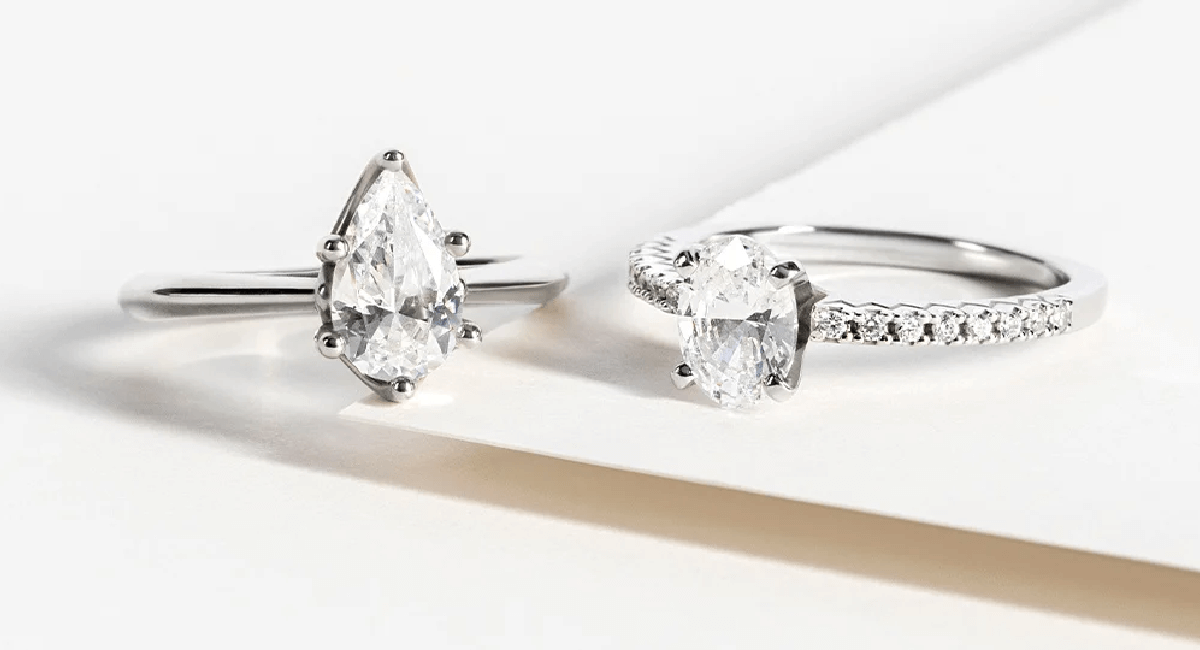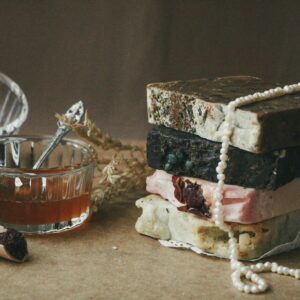Introduction
Diamonds have fascinated people for centuries with their brilliance and rarity. But what makes a diamond truly exceptional? Enter the world of the 4Cs – Cut, Color, Clarity, and Carat weight. These four factors are the key to understanding a diamond’s value and beauty. If you’ve ever wondered how to choose the perfect diamond or what exactly those diamond grades mean, you’re in the right place.
Understanding the 4Cs
What Are the 4Cs?
The 4Cs are a set of criteria that evaluate the quality of a diamond. Developed by the Gemological Institute of America (GIA) in the 1950s, these criteria help standardize diamond 4cs evaluation and ensure that buyers can make informed decisions. Each “C” plays a crucial role in determining the overall value and appearance of a diamond.
History and Origin of the 4Cs
The concept of the 4Cs was introduced by the GIA to provide a universal standard for assessing diamonds. Before this, diamond grading was inconsistent and often misleading. By creating a standardized system, the 4Cs helped both buyers and sellers have a clear understanding of a diamond’s quality and value.
Cut
Definition and Significance of Cut
The cut of a diamond refers to how well it has been shaped and polished. It’s not about the shape of the diamond (like round or princess cut) but rather the quality of the craftsmanship. A well-cut diamond will reflect light beautifully, creating the stunning sparkle that makes diamonds so desirable.
Types of Cuts and Their Impact
There are several types of diamond cuts, including the brilliant cut, which is the most popular due to its exceptional sparkle. Other cuts, like the emerald cut or asscher cut, offer a different kind of elegance with their unique faceting patterns. The cut impacts how light interacts with the diamond, which affects its brilliance, fire, and scintillation.
How Cut Affects Diamond Value
A diamond with an excellent cut will usually command a higher price because it maximizes the stone’s brilliance. Conversely, a poorly cut diamond, even if it has good color and clarity, may not sparkle as much and could be worth less.
Evaluating the Quality of Cut
Cut quality is assessed based on several factors: proportions, symmetry, and polish. Each of these elements contributes to the overall appearance of the diamond. A skilled gemologist will evaluate these factors to determine the diamond’s cut grade, which can range from Excellent to Poor.
Color
Understanding Diamond Color Grading
Diamond color grading measures the presence of color in a diamond, with the most valuable diamonds being completely colorless. The GIA color scale ranges from D (colorless) to Z (light yellow or brown). The less color a diamond has, the more valuable it is considered.
The Color Scale and What It Means
On the color scale, D is the highest grade, indicating a diamond with no noticeable color. As you move down the scale, the presence of color becomes more apparent. For most buyers, diamonds in the G-H range offer a good balance between value and appearance, showing minimal color in most lighting conditions.
How to Choose the Right Color for Your Diamond
When selecting a diamond, consider how the color will affect the overall look of the stone. For white diamonds, colorless diamonds are ideal for their purity, but near-colorless diamonds can also appear white in most settings. Your choice might also depend on the metal of the setting, as certain colors can complement different metals.
Color and Its Effect on Diamond Price
Diamonds with higher color grades (D-F) are generally more expensive. As the color grade moves down the scale, the price typically decreases. However, many buyers find that diamonds in the G-H range offer a great value without compromising too much on appearance.
Clarity
What is Diamond Clarity?
Clarity refers to the presence of internal or external flaws, known as inclusions and blemishes, respectively. These imperfections can affect the diamond’s appearance and value. A diamond with high clarity will have fewer and less noticeable imperfections.
The Clarity Scale Explained
The GIA clarity scale ranges from Flawless (no inclusions or blemishes visible under 10x magnification) to Included (inclusions and/or blemishes visible to the naked eye). Most diamonds fall somewhere in between, with grades like VS1 (Very Slightly Included) or SI1 (Slightly Included) offering a good balance of quality and value.
Common Clarity Issues and How to Spot Them
Inclusions might include small crystals, clouds, or feathers inside the diamond, while blemishes could be scratches or nicks on the surface. Skilled gemologists use magnification to assess these issues. For buyers, it’s important to understand that minor inclusions usually don’t affect the diamond’s appearance to the naked eye.
Clarity and Its Impact on Value
Clarity significantly impacts a diamond’s price. Flawless diamonds are the rarest and most expensive, while diamonds with visible inclusions are less valuable. However, many diamonds with minor inclusions still appear visually clean and are priced more affordably.
Man made diamonds, also known as lab-grown or synthetic diamonds, are created in controlled environments using advanced technological processes that replicate the natural conditions under which diamonds form in the Earth. These diamonds possess the same chemical, physical, and optical properties as natural diamonds, making them nearly indistinguishable to the naked eye.
Carat Weight
What Does Carat Weight Mean?
Carat weight measures the size of a diamond. One carat equals 0.2 grams. Larger diamonds are generally more valuable, but carat weight is just one factor in a diamond’s overall value.
How Carat Weight Affects Diamond Size
Carat weight directly impacts the size of the diamond. However, two diamonds of the same carat weight can appear different in size due to their cut. A well-cut diamond can appear larger than a poorly cut diamond of the same weight.
The Relationship Between Carat Weight and Price
The price of a diamond increases with carat weight, but the relationship isn’t linear. Larger diamonds are rarer, so their price can escalate quickly. Many buyers opt for a slightly smaller diamond with a higher quality cut, color, and clarity to balance size and value.
Carat Weight and Its Role in Choosing a Diamond
When choosing a diamond, consider your budget and preferences. A higher carat weight might be desirable, but it’s essential to balance it with the other Cs. Sometimes, focusing on cut, color, and clarity can offer better value than simply aiming for a larger carat weight.
Putting It All Together
How the 4Cs Work Together in Diamond Evaluation
The 4Cs are interrelated, and understanding how they work together can help you make a well-informed decision. For example, a diamond with a high carat weight but poor cut, color, or clarity might not offer the best value.
Tips for Choosing a Diamond Based on the 4Cs
Prioritize the Cut: The cut has the most significant impact on a diamond’s sparkle.
Balance Color and Clarity: Consider diamonds that offer the best combination of color and clarity within your budget.
Focus on Overall Value: Don’t just look at carat weight. Assess the overall quality of the diamond.
Conclusion
In summary, the Diamond 4Cs – Cut, Color, Clarity, and Carat weight – are essential in determining a diamond’s value and beauty. By understanding each of these factors, you can make an informed choice and find a diamond that’s perfect for you. Remember, while the 4Cs are crucial, personal preference plays a significant role in choosing the right diamond. Happy diamond shopping!







More Stories
Jewelry with Synthetic Diamonds: The Future of Luxury
Exploring Different Cuts of Diamonds and Lab Diamonds
About Novita Lab Diamonds: A Modern Approach to Luxury and Sustainability